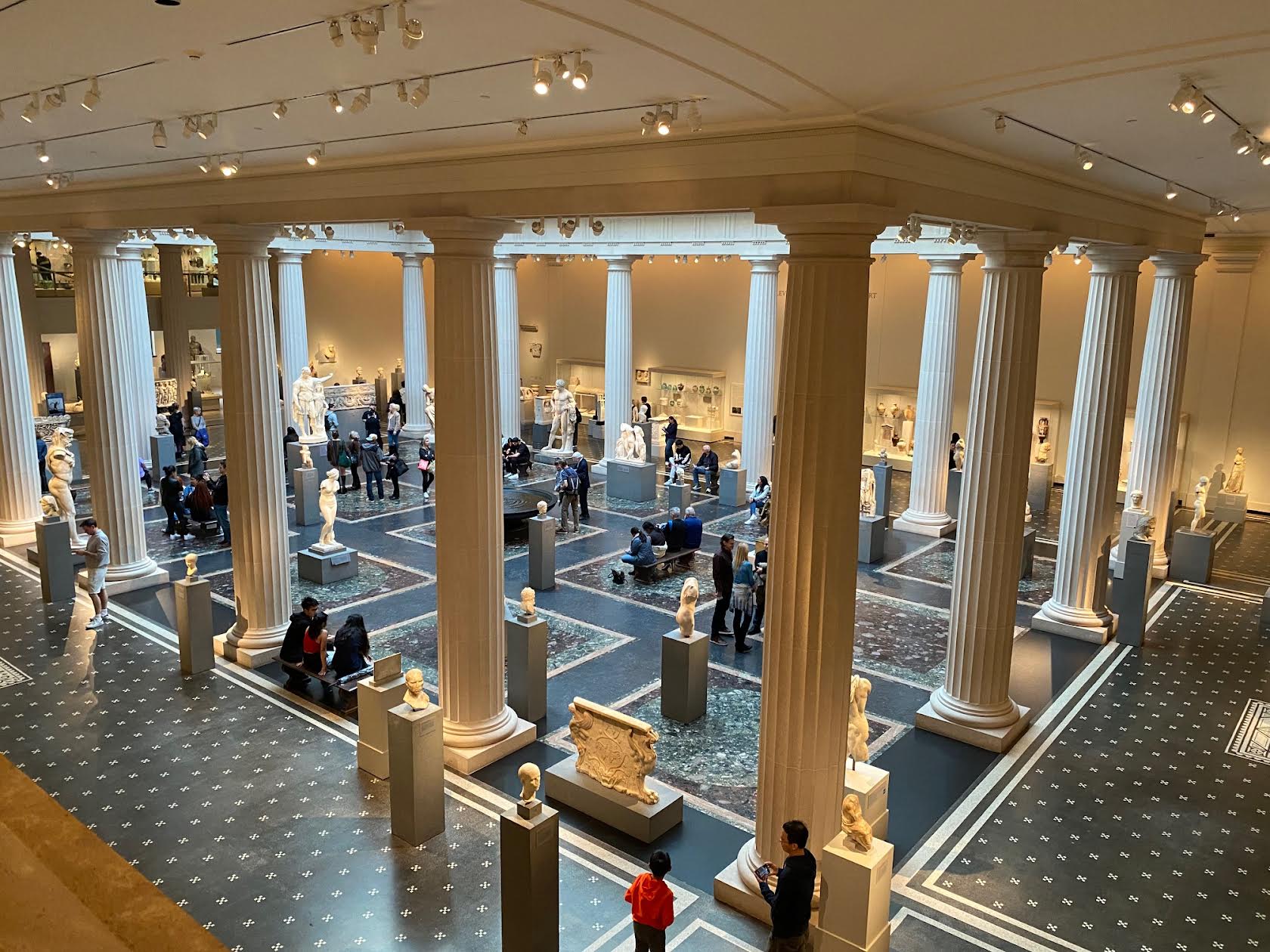There is an exquisite Etruscan bronze chariot, called the Biga di Monteleone di Spoleto, on display at the Metropolitan Museum of Art in New York that is considered the finest preserved example of such a pre-Roman period chariot in the world.
The museum claims that it was discovered back in 1902 in Monteleone, Umbria, when a landowner working his field accidentally unearthed it and they acquired it legitimately. The chariot was passed around by several dealers, until it was purchased in Paris in 1903 by General Luigi Palma di Cesnola (who was the first director of the Metropolitan Museum of Art) and transported to New York.
The Biga has been on display at the Met Museum for over 120 years. The people of Monteleone di Spoleto and their mayor insist it was removed illegally out of both Umbria and Italy and they demand that it be returned. Sixteen letters that they claim are proof that the chariot was removed from Italy illegally have been discovered and presented to authorities and the Met Museum administration.

Italy’s Minister of Culture Gennaro Sangiuliano has assured Dott.ssa Marisa Angelini, Mayor of Monteleone di Spoleto, they would have a means to work together to repatriate the Biga and the very able Italian State Prosecutor Maurizio Fiorilli has vowed to assist in the chariot’s repatriation. But even after many official requests of repatriation by Mayor Angelini, and after being confronted with the indisputable evidence, the Director of the Met Museum Max Hollein and his museum are resisting efforts to have the chariot returned.
In this first article of a two-article series, I will get to the facts of the case and describe this amazing treasure of the Italian peninsula. The Biga was made in the 6th century BC and was richly decorated. It was used for ceremonies and parades, not battle. The style of decoration is believed to be highly influenced by Greek art and exemplifies works from the Archaic period in Etruria. The chariot is adorned with exquisitely worked bronze plates with ivory inlays. The plates depict the life and glory of the Greek hero Achilles in the epics of the War with Troy.

Sixteen letters found in the library of Ivrea reveal irrefutable evidence that the Biga was sold to the Met Museum by the antiquarian Ortensio Vitalini through Cesnola in April 1903. The actors in this transaction knowingly and purposely circumvented existing Italian cultural laws that were already established which prohibited the sale of artistic patrimony outside of Italian borders, specifically the Edito Pacca of 1820 which was Italy’s first law protecting cultural patrimony in the Papal States. The letters show that Cesnola played a direct role in helping traffic the chariot out of Italy. They have the Met Museum Director Luigi Palma di Cesnola’s written admission that he knew the Biga was contraband. They found this in his archives.
The Italians are known for their expertise in cultural diplomacy, and they have been very successful in past negotiations with U.S. museums. Some in Italy suggest the route of cultural diplomacy in which the Biga would remain at the Met Museum, but they must declare in writing that it is the property of the Republic of Italy. For a case this old it is difficult to pursue, but they feel it would be very beneficial if the Biga were declared the shared property of both: patrimony of Italy and on permanent display at the Met. This would be a victory of cultural diplomacy for Italy.

The Biga is not the only similar case. There are other artefacts that were stolen from Italy but representing extremely old cases, it would be difficult to recover them; adopting this method of cultural diplomacy would resolve the issues. This option of joint ownership would be beneficial for American students who study art and for Italians in the United States of America to keep the Italian cultural presence in this country strong.
I asked Mayor Marisa Angelini what she thought of striking an accord in the spirit of cultural diplomacy, one in which the Biga was not returned to its rightful home but remained in the New York museum, and she responded: “Certainly we are all of the opinion that the return of the Biga is right and represents a huge cultural opportunity as a vehicle for studying the identity of the peoples of the central Apennines. At this point in history, a careful approach through cultural diplomacy would undoubtedly also be a redemption for the Metropolitan Museum of Art as it is exhibiting to the world an artistic work which from the documents we have found was obviously brought to America by illicit means.”
In the second article of this two-article series, I will interview Mayor Marisa Angelini to get her insight on her town’s valiant struggle to recover their Biga.












